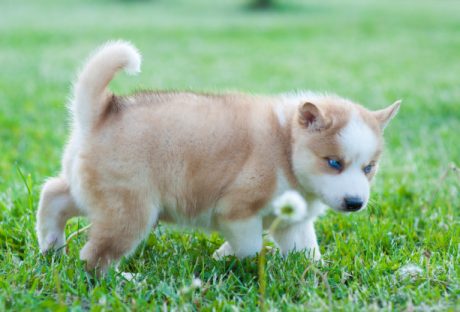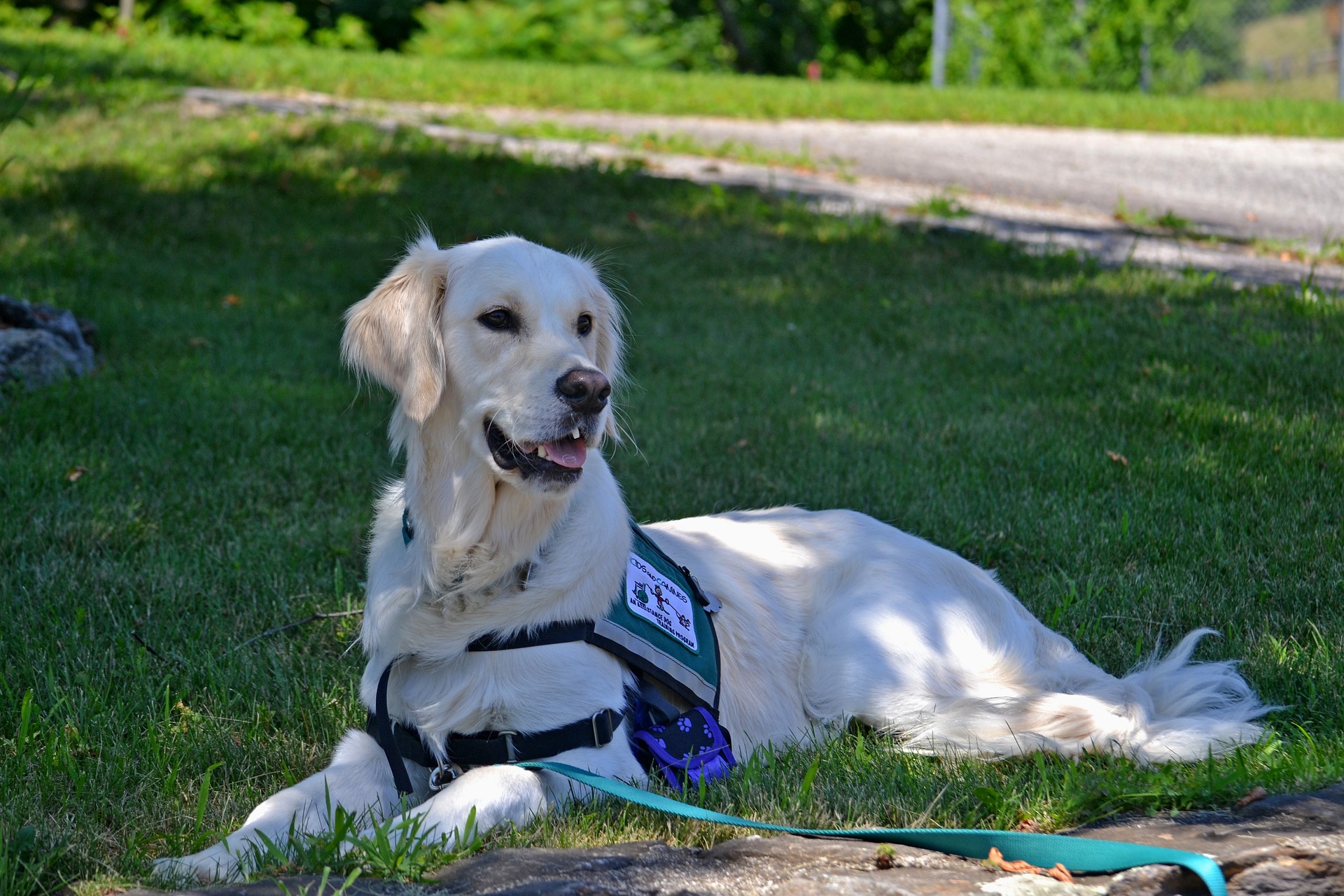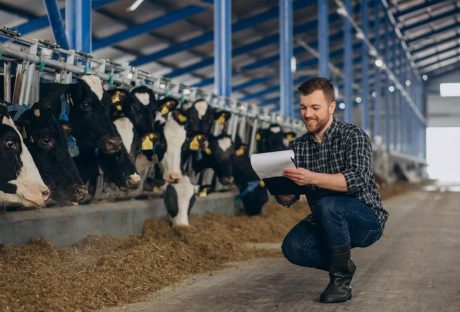Humans experience anxiety in different situations. Some become nervous in a crowd, others when they are home alone. Did you know that dogs can be anxious, too? If their owner leaves abruptly or doesn’t consider the environment safe, you’ll notice a change in their behavior.
How to recognize anxiety and calm your dog? That’s what we are trying to discover in this guide, so let’s check out what you can do if your pet is anxious!
How Do I Know If My Dog Has Anxiety?
Each dog has different ways of exhibiting anxiety. The most common symptoms include:
- Pacing around restlessly
- Barking excessively
- Destructive behavior, such as destroying stuff
- Panting and drooling
- Defecating and urinating indoors
- Aggressive behavior
- Shivering
- Appetite loss
The common anxiety causes include separation from their owners and various fears. Age-related factors and medical conditions could also make your dog anxious.
Tips For Calming Anxiety In Dogs
Prevention is the best medicine, so it’s best to minimize the risk of anxiety episodes even happening. If you recognize a situation that makes your dog anxious, try to avoid it in the future. Here are some other tips that could assist in calming your dog down!
1. Exercise Your Dog

More energy equals a bigger risk of becoming anxious. Let’s say you need to leave your pup home alone for several hours. It helps to take them out for a walk or an exercise session. You can bond while playing fetch and ensure your pet doesn’t have excessive energy when they return home.
The chemical component is also important. For example, physical activity stimulates endorphin production. That offers stress relief and promotes a better mood.
2. Physical Contact
If you notice your pup is going through an anxiety attack, the primary priority becomes soothing them. They see their owner as trustworthy, so use that to your advantage. You can try putting the pup in your lap, petting them, cuddling them, or whatever you know works. This should last for at least a few minutes until they calm down.
3. Time-Out

It might not be possible to stop your dog’s anxiety attack. If you know that’s impossible, create a safe zone for those episodes. You need to explain to your pup that’s where they’ll feel secure during an anxiety attack.
The “time-out” zone should secure isolation and promote calmness. You can dim the lights, play some slow music, and even use calming scents. Don’t forget that you should eliminate noise coming from the outside.
Dog Anxiety: Treatment
You have multiple approaches to treating anxiety in dogs. But it’s necessary to talk to a professional to identify the best method for your pup. They are capable of identifying the anxiety type, trigger, and cause. It’s even more important that vets can eliminate medical conditions as reasons why your dog is anxious. Here are the common approaches used to treat pup anxiety!
Using CBD for Dog Anxiety
People use cannabis strains and marijuana products with a high CBD content to treat anxiety, stress, pain, and other issues. Some pet owners report that pups could also benefit from CBD oil. It’s necessary to perform research to get confirmation, but sporadic data is encouraging.
You should consult your vet about a suitable dose for your pup. The general rule is to apply from one to five milligrams of CBD per ten pounds of the dog’s weight. You should start slowly to see how your dog reacts and increase the dosage only if necessary.
i. Can Pets Have Cannabis?
Cannabis interacts with the inner endocannabinoid system. It exists in both humans and dogs, but pups have more receptors in the brain. That means marijuana might have a stronger effect on these animals, especially since they are generally lighter than humans.
Pets can have cannabis, but caution is advised. Cannabis intoxication isn’t uncommon in dogs, especially due to exposure to edibles. In addition, your pup doesn’t know when they had enough marijuana treats. You need to be careful and observe your pup’s behavior closely.
ii. Is Pet CBD Legal in the US?
Cannabis products are legal on a federal level in the United States. The condition is the THC content shouldn’t be higher than 0.3%. As for the state laws, each territory has the right to apply specific legislation to marijuana use.
For example, Florida cannabis laws only allow medical use of marijuana, although many other states also legalized using it for recreational purposes. Likewise, human laws don’t apply to animals, but you should check with a veterinarian before giving your dog CBD.
Anxiety Medications For Dogs

Vets will begin by recommending natural remedies, such as supplements, calming scents, and avoiding potential triggers. But if they diagnose your pup has an anxiety disorder, they could prescribe antidepressants and SSRIs. Benzodiazepine could also help, especially when the anxiety trigger is familiar (firecrackers, travels, etc.).
Training and Counterconditioning
You could try training your dog on how to respond to the anxiety trigger. Instead of exhibiting aggressive behavior, the goal is that they act more positively. For example, if they start feeling anxious, they lie down or come to you. An alternative could be removing the fear from the trigger. For example, if your dog is afraid of cars, begin by only asking them to get in for several days. The next step is going only around the block for weeks. As their tolerance level increases, you can take them on longer rides.
Also Read:






















